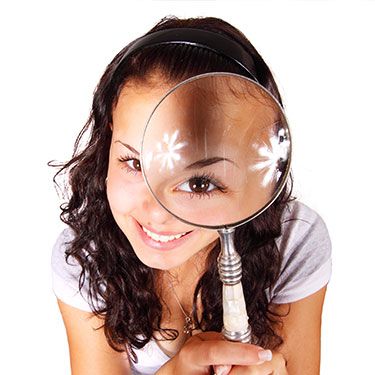

Treatment Options
There are a number of options that are available however most of these treat the symptoms rather than the underlying cause of dry eye.
Management of dry eye is specific to each patient. Consideration should be given to factors which can be controlled such as:
Environment – wearing sunglasses to keep eyes protected from the sun and wind whilst outside and avoiding direct contact with heating and cooling devices when inside
Occupational changes – regular breaks when using digital devices
Blinking - we recommend several blinking exercises for those with dry eyes. Close your eyes quickly, squeeze them, and feel your facial muscles moving for three to five seconds. Open your eyes slowly and relax your facial muscles. Keep your eyes open for another three to five seconds and repeat this process six to seven times.
We also recommend another blinking sequence. Close your eyes completely, pause for two seconds, and then open them. Right after close your eyes again, pause for two seconds, squeeze your eyes, and then open them and relax. You need to do this sequence every 10-12 minutes for 30 days.
These blinking exercises can help keep the right amount of moisture in your eyes surface.
There are a number of options that are available however most of these treat the symptoms rather than the underlying cause of dry eye.
At Outlook Eye Centre we are excited to be able to offer our patients a long lasting solution for their dry eye problems. The E-Eye IPL is a new non invasive treatment which uses IPL (intense pulsed light) which is set to stimulate the Meibomian glands in order for them to return their normal function.
Meibomian gland dysfunction is a blockage of the oil glands around the eyes. These oils are an aimportant part of the tears. They form the top layer of the tears, which stops the watery component from evaporating. If the oil glands are chronically blocked, they start to shorten and lose their function.
What is the IPL treatment plan?
According to recent scientific studies, E-Eye IPL has shown an 87 – 90 % success rate.
Treatment is more successful before permanent damage has occurred to the Meibomian glands.
At Outlook Eye Centre we recommend the following treatment plan:
Day 1: First treatment of IPL and manual gland expression.
Day 15: Second treatment of IPL and manual gland expression.
Day 45: Third treatment of IPL
Day 75: Fourth treatment of IPL if needed
How effective is IPL?
According to recent scientific studies, E-Eye IPL has shown an 87 – 90 % success rate. Treatment is more successful before permanent damage has occurred to the Meibomian glands.
Is IPL safe?
Yes, IPL is very safe. The IPL technology we use is E-Eye by E-SWIN and it has TGA registration in Australia, it is also listed in the WAND in New Zealand and it has Medical CE certification in Europe. It has been followed by several clinical studies worldwide.
Our IPL uses the red wavelength of light between 580nm to 1200nm, which is perfectly safe for your skin. As mentioned above, IPL has been used in dermatology for several decades and usually, the light intensity level used in a dermatology setting is double of what we use in dry eye treatments.
Furthermore, an eye shield will be used over your closed eye during the treatment. No flashes of light will directly be exposed to the eye.
There are a number of other treatments available if E-eye IPL is not an option for you. These include:
Blephasteam Heat Therapy goggles – these are an eyelid warming device used in-office to heat the oil glands to allow expression of the Meibomian gland and debridement of the lid margins. These are often used in conjunction with E-Eye IPL
Dietary and other nutritional supplementation - especially increasing dietary intake of omega-3 essential fatty acids found in fish such as salmon, trout, sardines, tuna and mackerel; this may be supplemented by products such as fish oil tablets.
Use of ocular lubricants - these include tear substitutes of varying viscosity, gels and ointments; often these are provided in non-preserved form. These tend to be a bandaid treatment and whilst they offer relief they don’t target the underlying problem.
Instituting basic eyelid therapy and hygiene - this includes the use of warm compresses, lid massage and lid scrubs where appropriate.
Autologous serum eye drops. These are drops spun from your own blood and include your body’s own growth factors, vitamins and fibronectin to promote ocular surface protection and healing. This type of treatment is done under the care of an ophthalmologist who specialises in the cornea.
If you would like to know more about dry eye and the best way to treat it, please get in touch with us and we can help.
 07 4635 8844
07 4635 8844